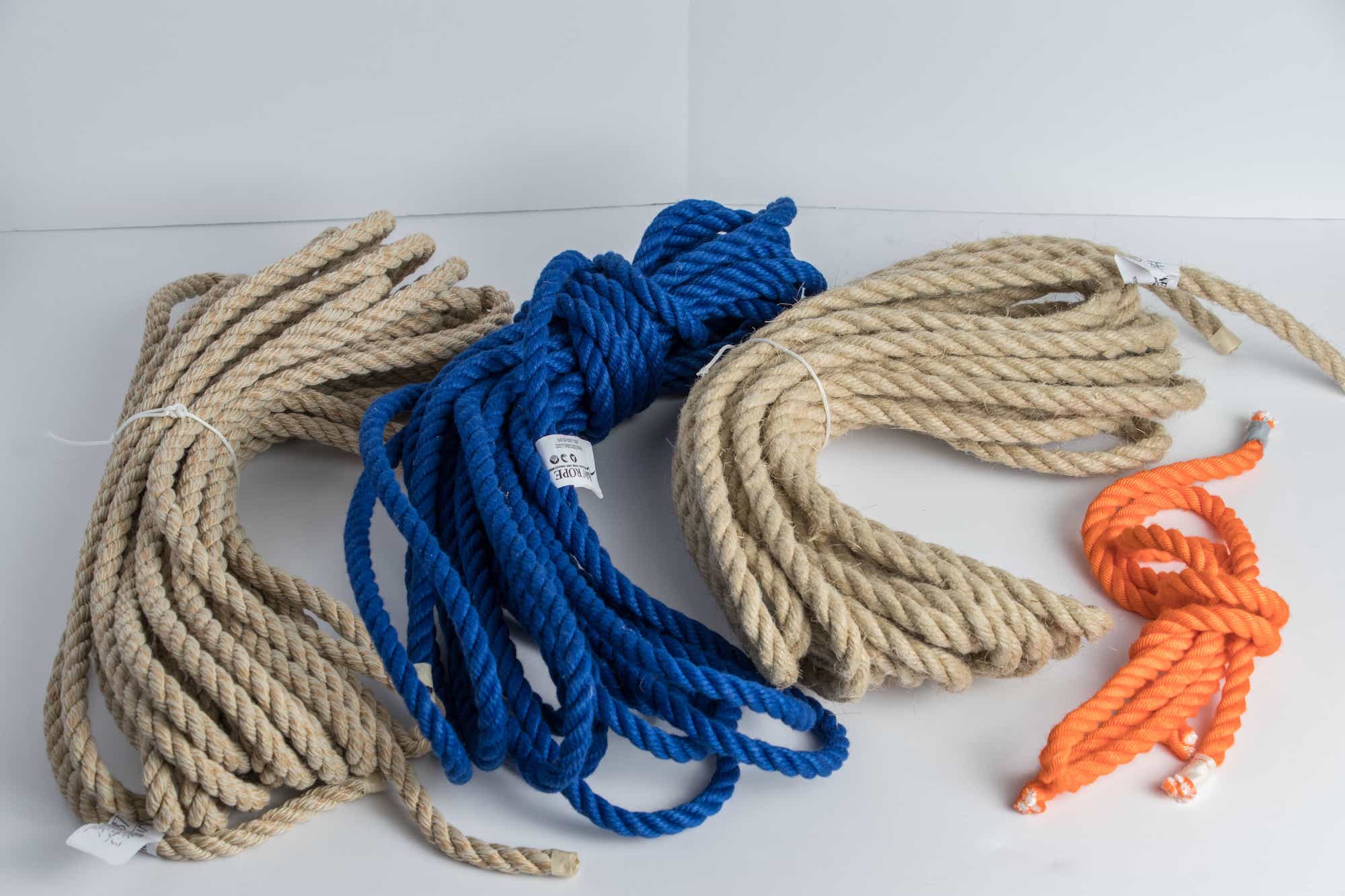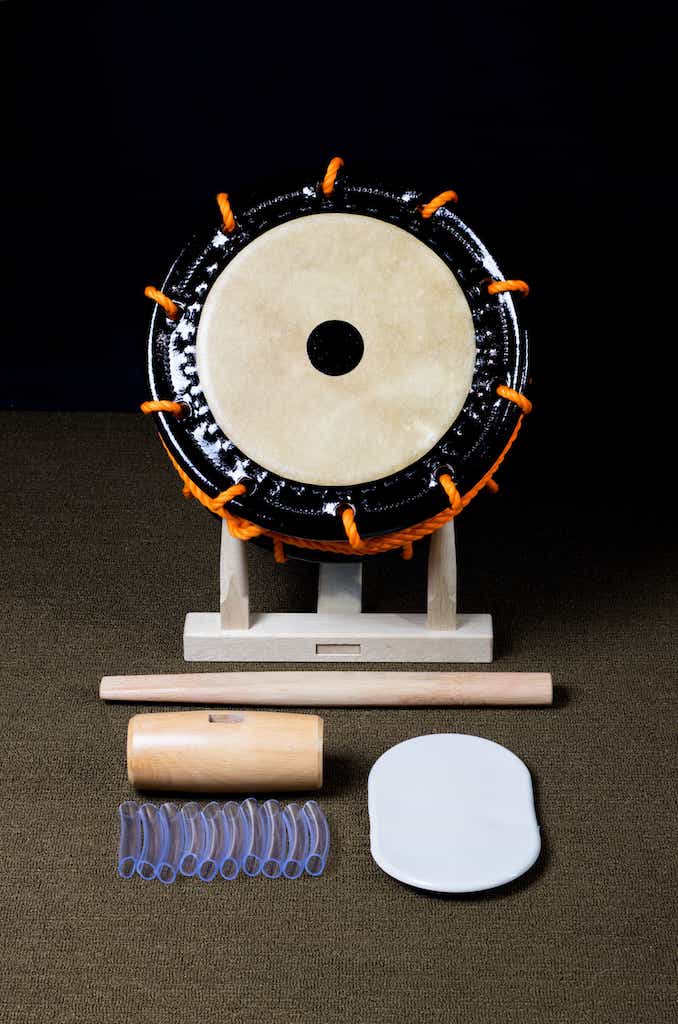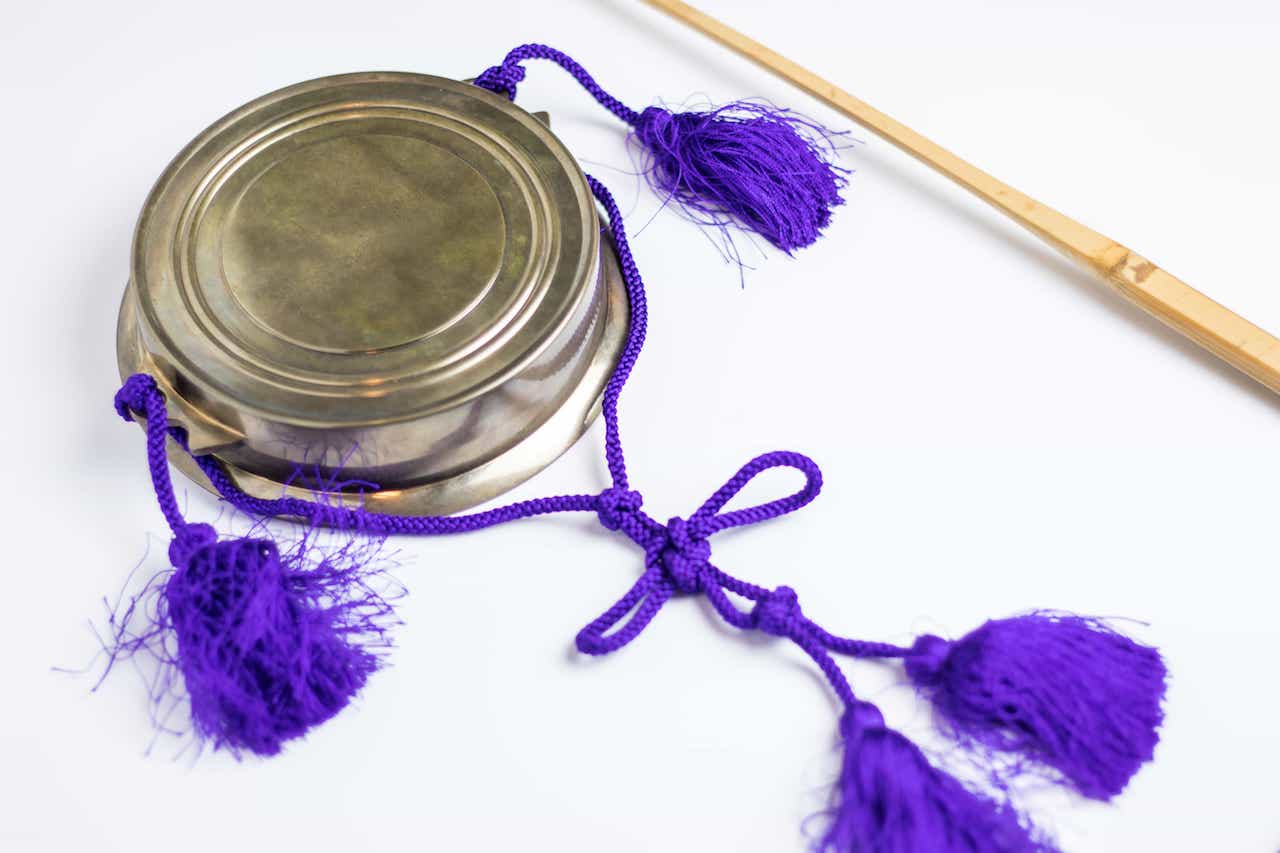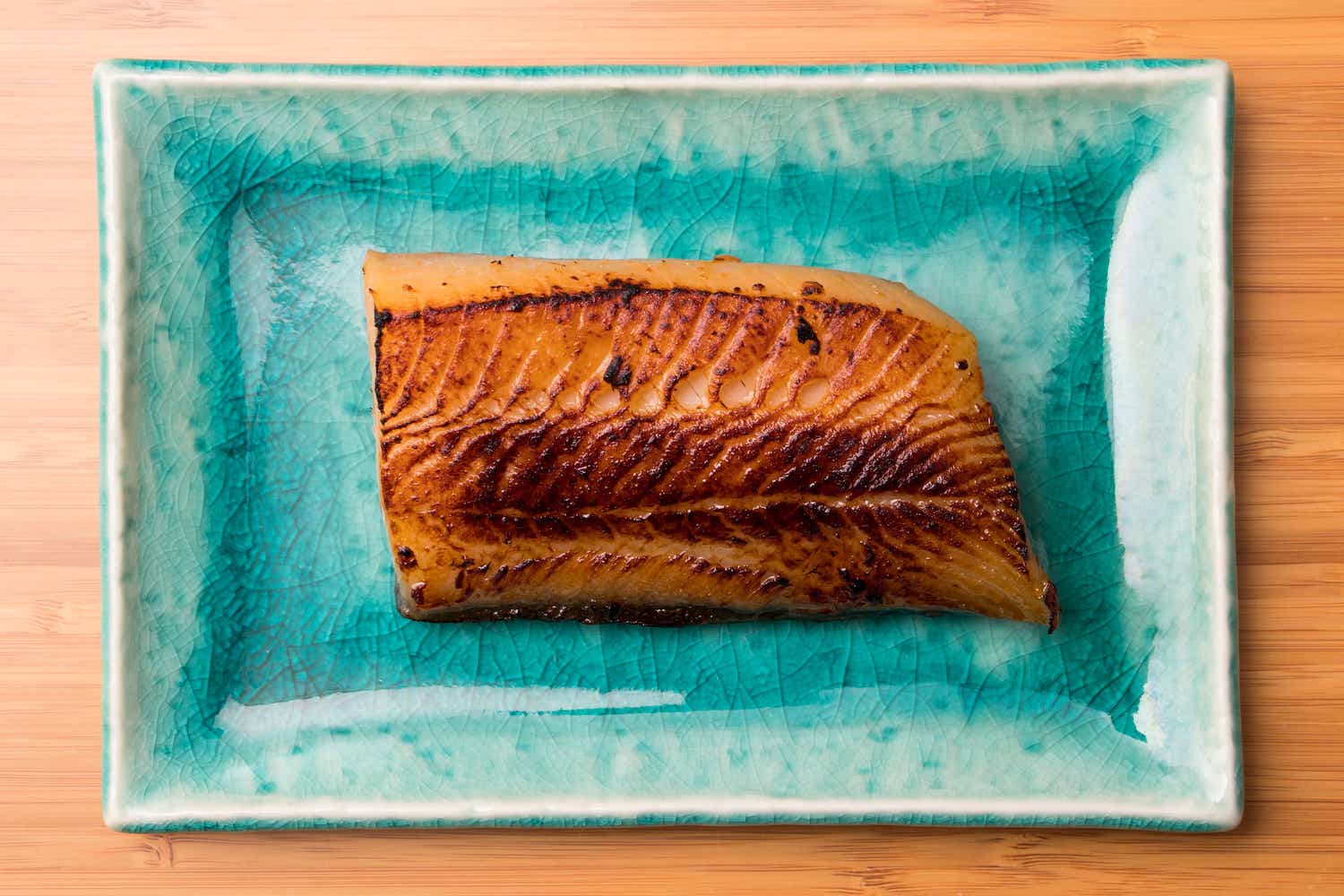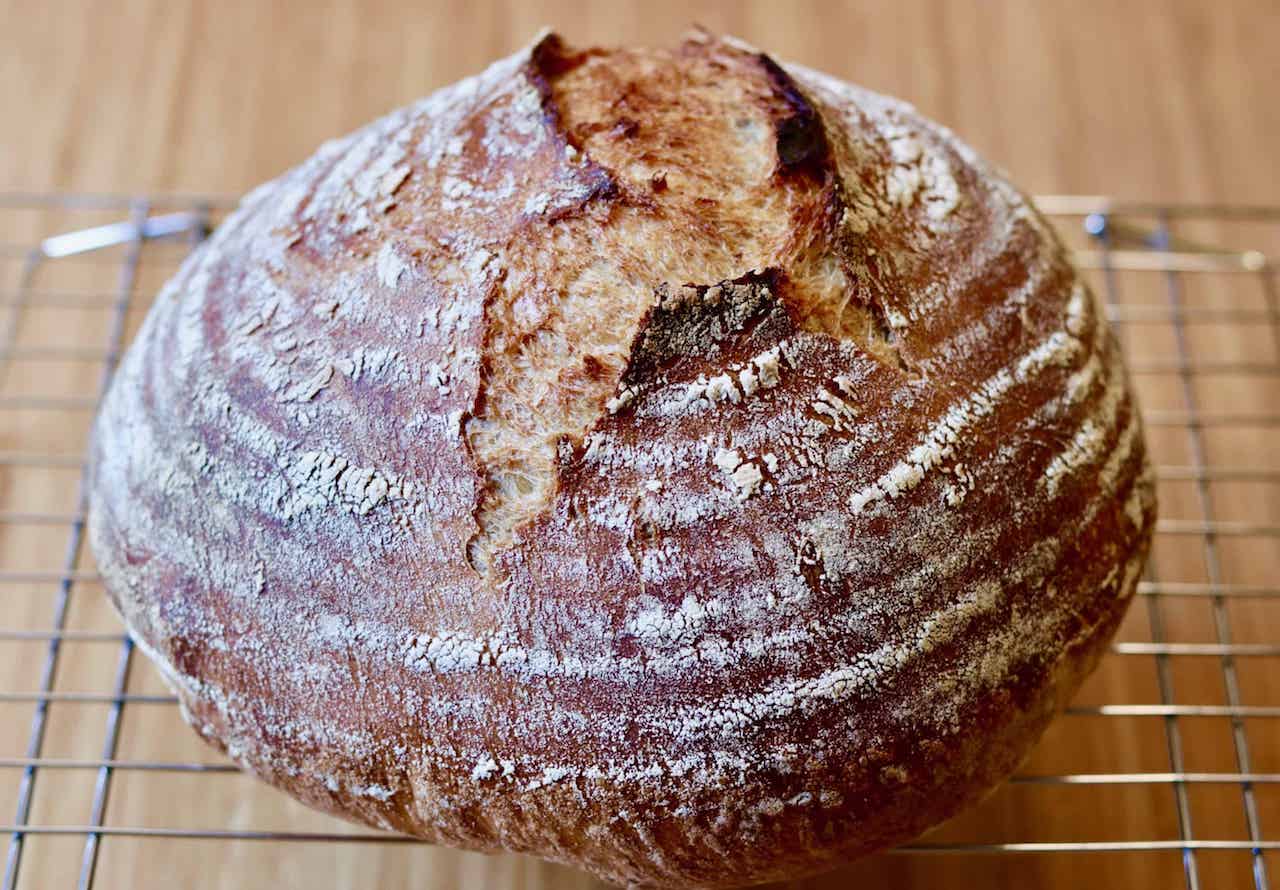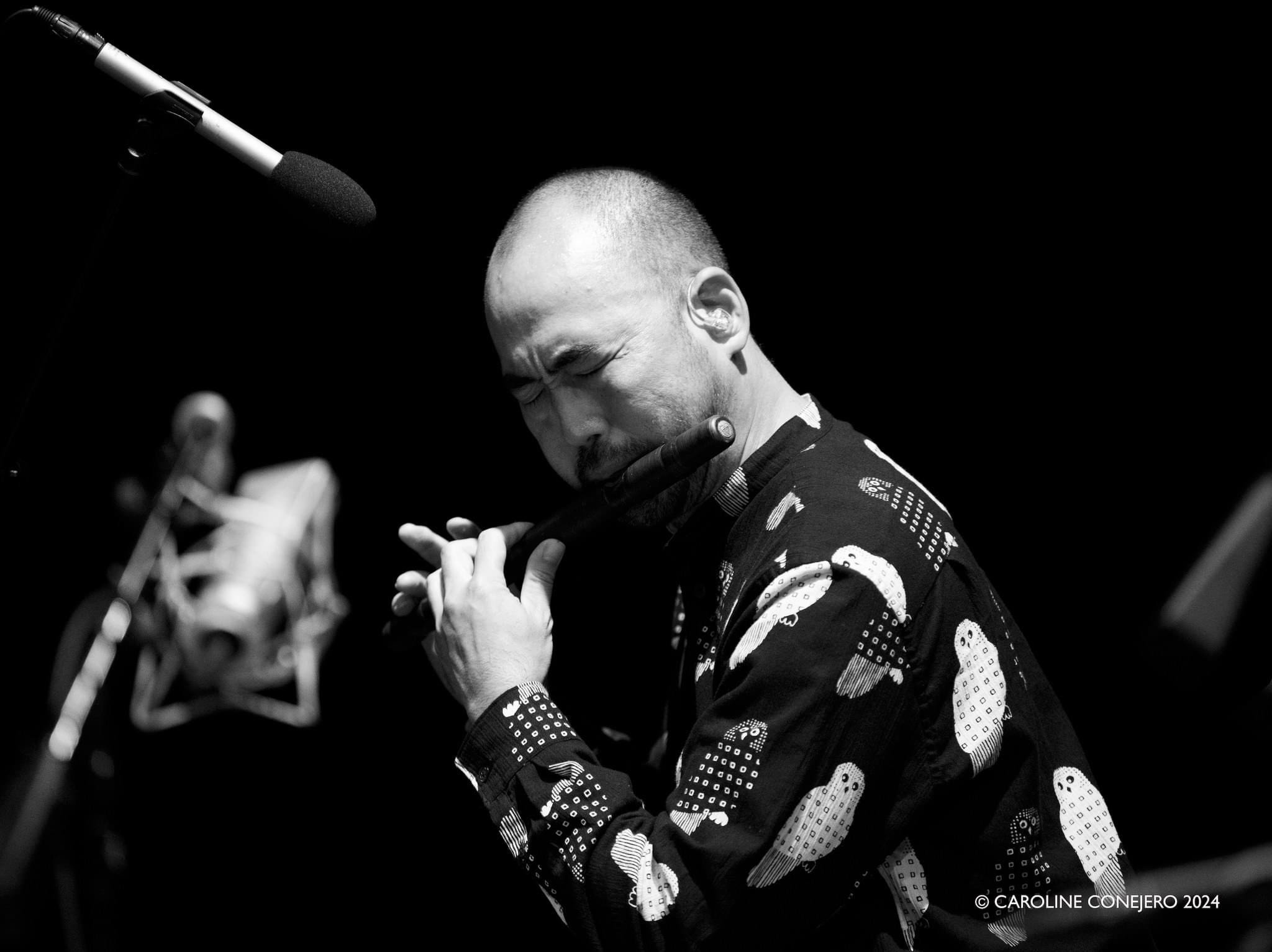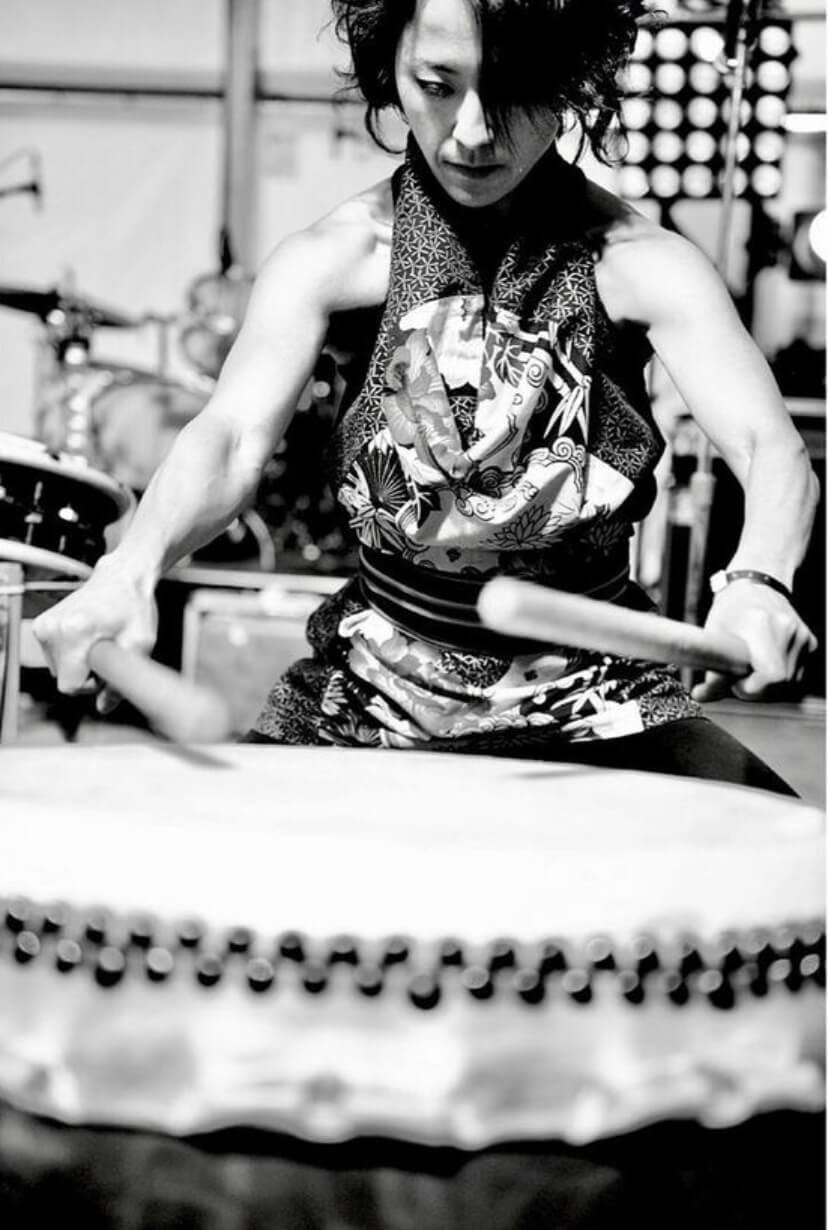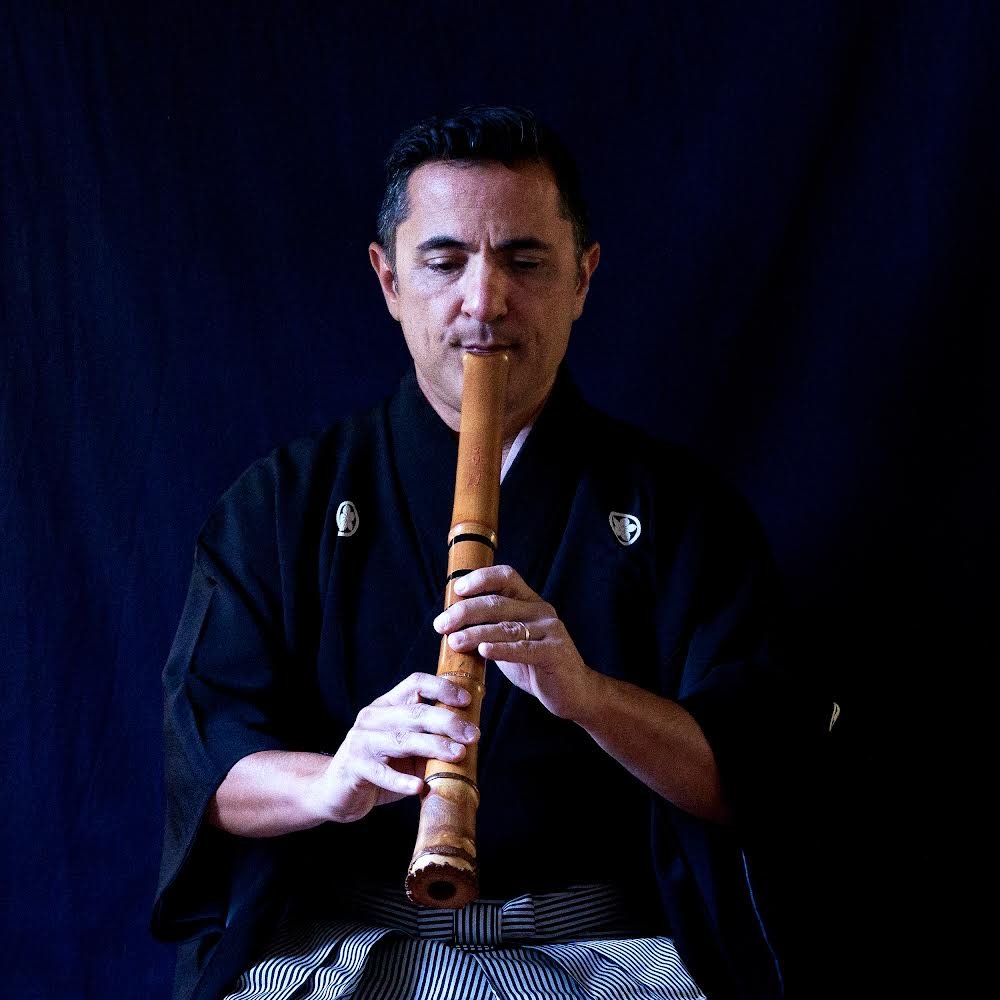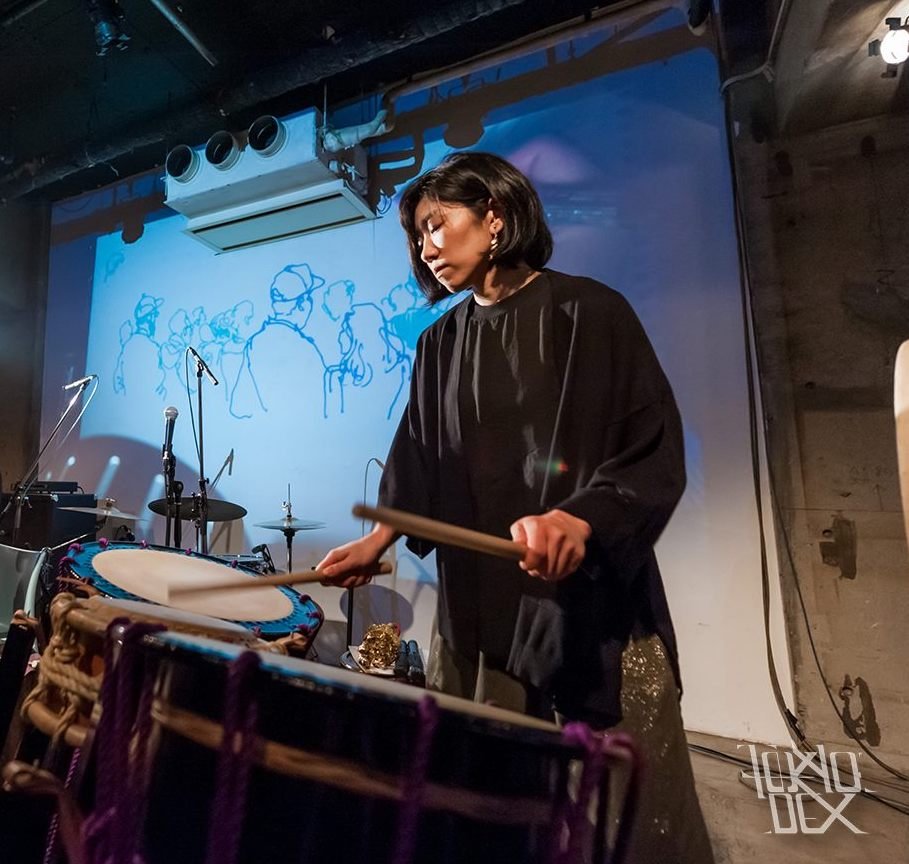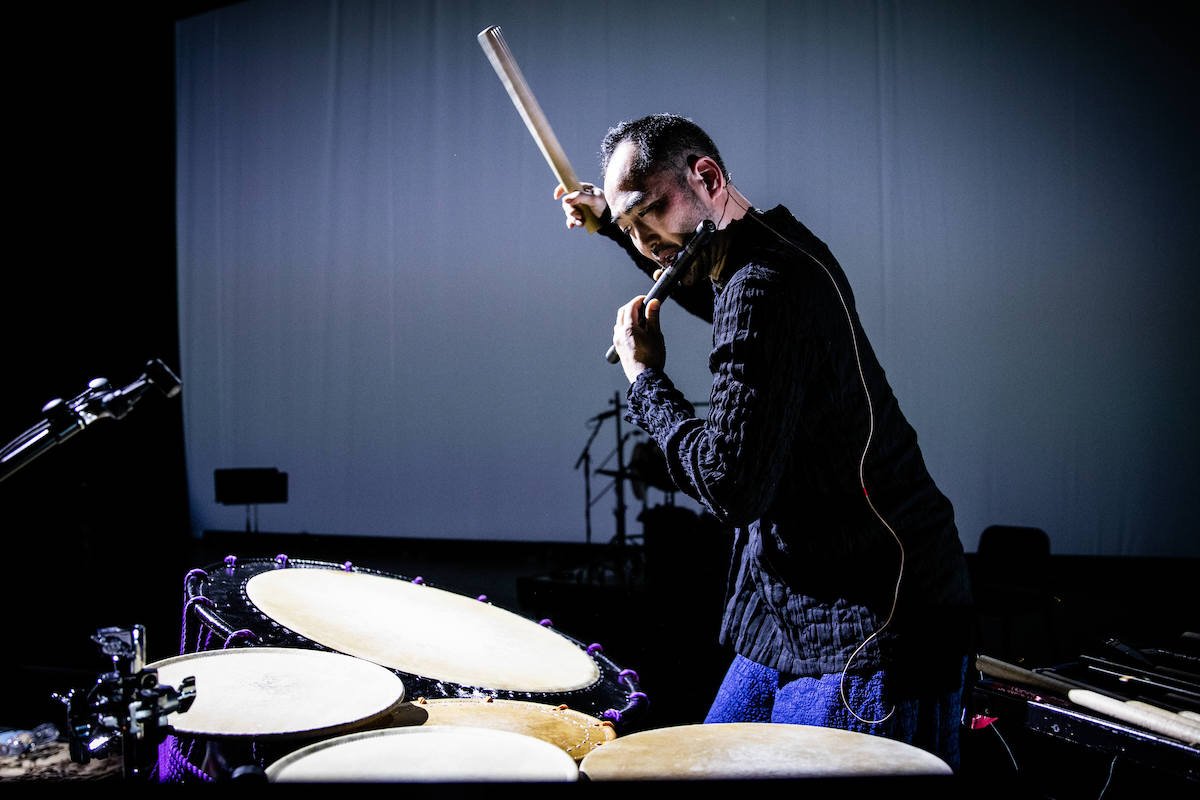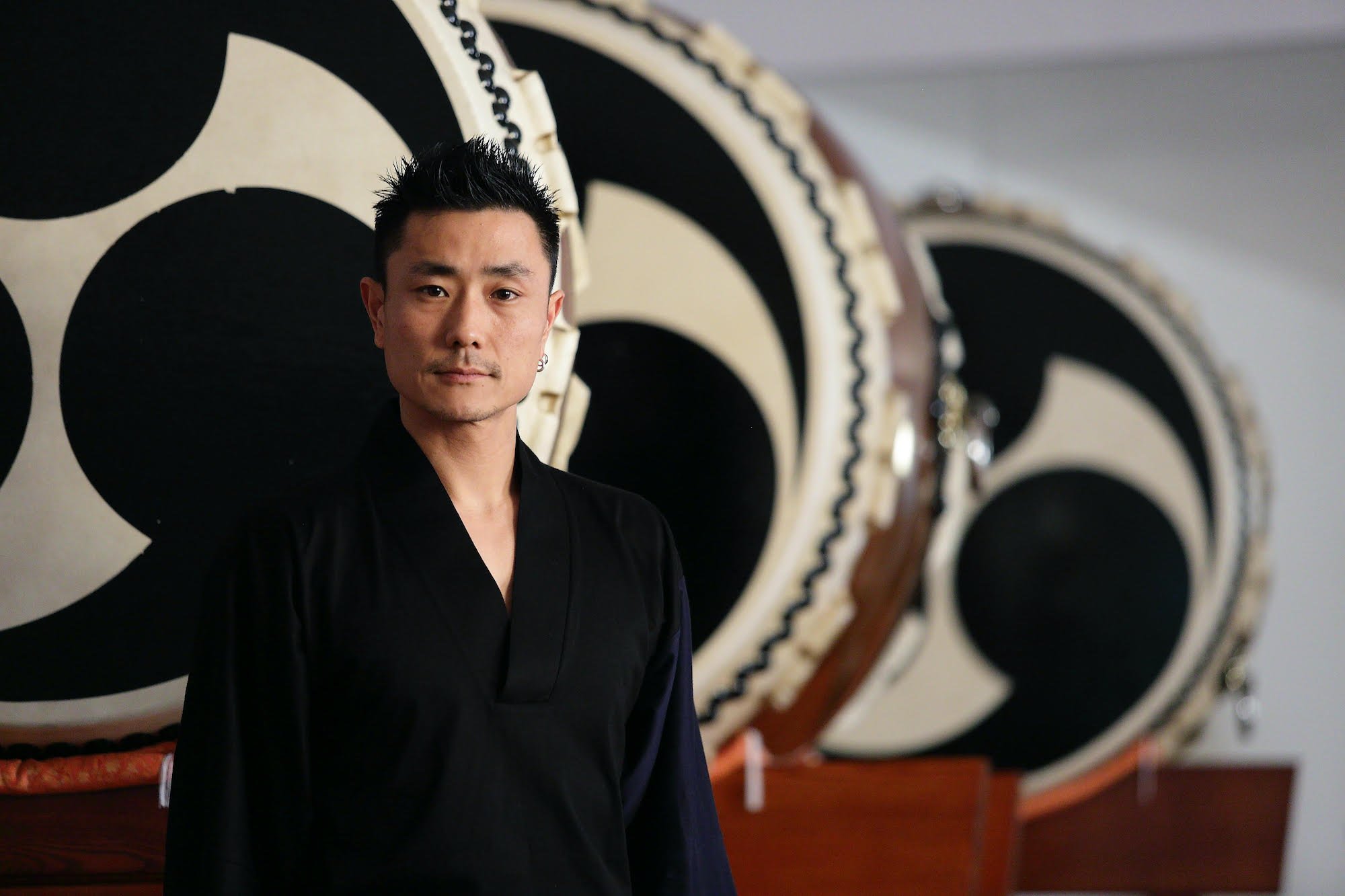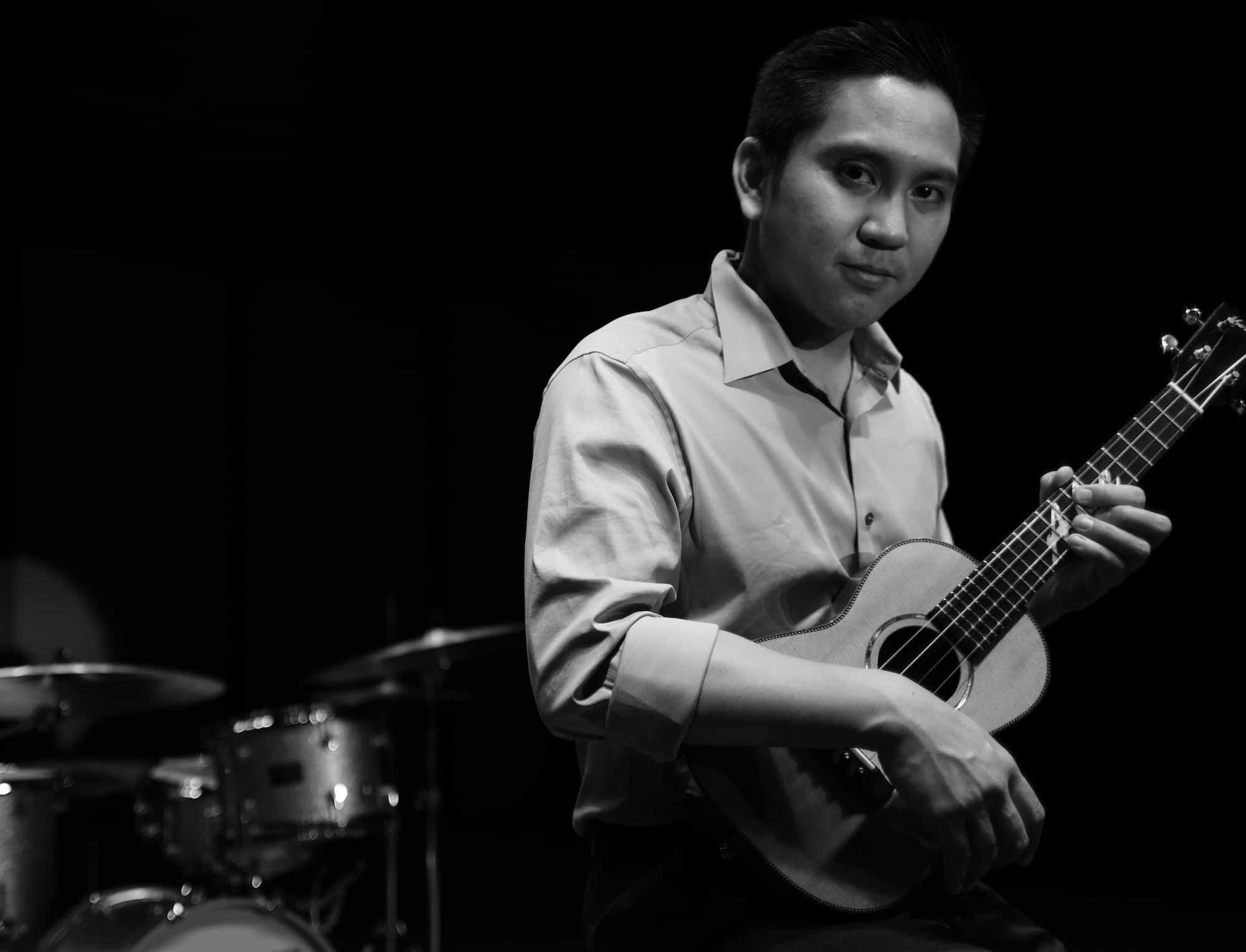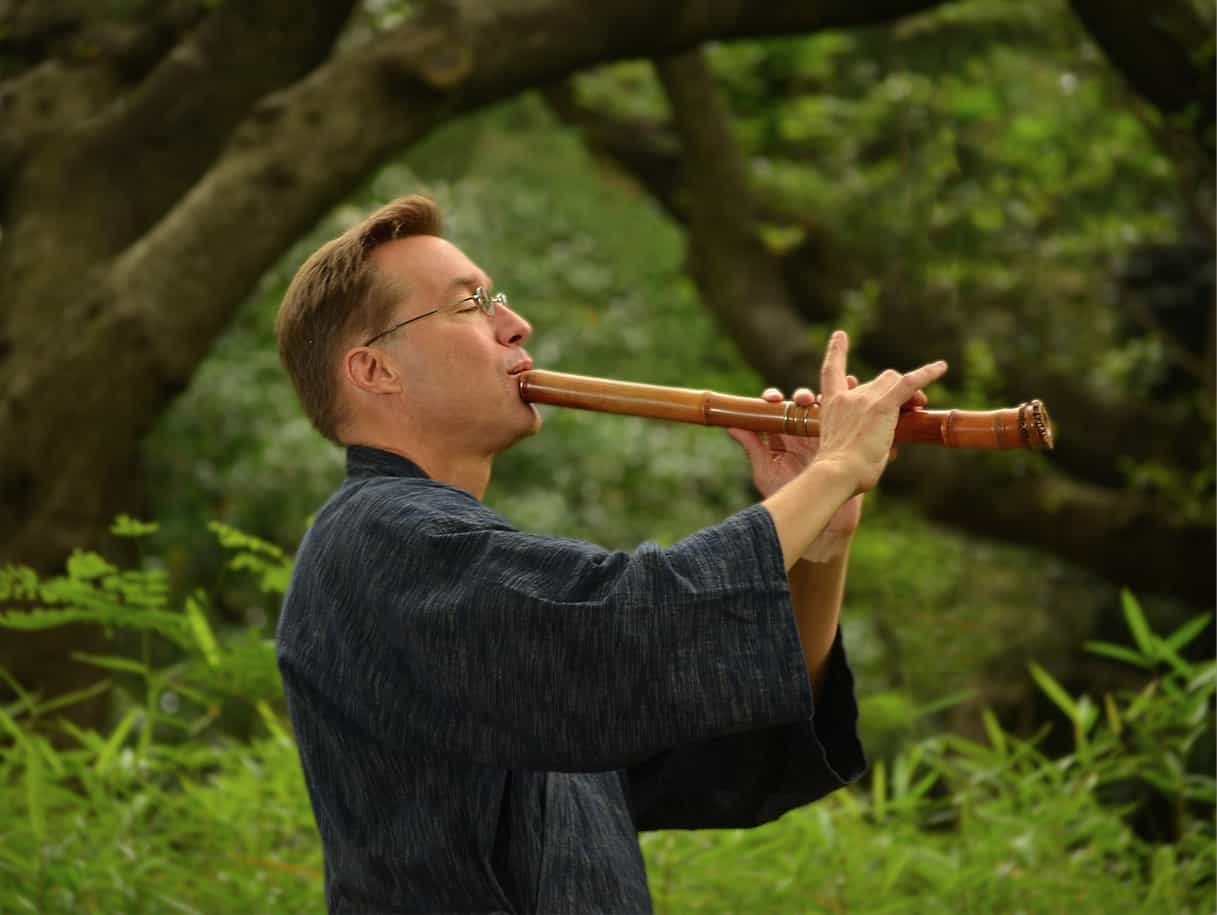My most important bachi & sticks for taiko

My most important taiko sticks
I am constantly on the search for new bachi and drumsticks at local drum shops, big music stores, Asano Taiko US in Torrance, Miyamoto Unosuke Shoten in Asakusa, or the marketplace vendors at the North American Taiko Conference. Japan is my favorite place to go shopping because it's very common to see a digital scale in the drumstick section for picky people like me to precisely match a pair of sticks by weight. There are many different materials used to make sticks, including bamboo, kashi (oak), hickory, maple, birch, hou (magnolia), and hinoki (cypress). In addition, you can find a wide variety of mallets, brushes, and other alternative sticks made by a number of different companies. Considering the enormous variety of drums, cymbals, and percussion instruments available to us, it might be easy to understand my obsessive search for the best stick for each application.
What are some of the factors involved with stick selection? This can be a deeply personal topic and each musician will have their own hierarchy of criteria. Here are mine:
1. Sound – the most important consideration. Sometimes it's a simple decision and other times it's necessary to compromise and make it work for a number of dissimilar instruments.
2. Feel – the stick needs to feel comfortable and work for my playing style. I check out the length, diameter, weight, finish, and balance to narrow down my choices.
3. Wear and tear – I make sure the sticks will not cause damage to the instruments. I also match the sticks to the instrument so that I don't have to replace broken sticks constantly.
4. Tradition and uniformity – there are times when it makes sense for an ensemble to use the same sticks in striving for uniformity of sound and visuals. I also consider traditional sticks with historical significance.
One of the workshop topics I have taught is called Taiko Sounds and Sticks, where I introduce ways to get many sounds out of one drum as well as discuss and demonstrate the common materials and dimensions of taiko sticks. My goal is to convey the depth of this topic and share my knowledge so that the participants leave with a foundation in stick selection details. It's a fun moment when someone hears the subtle difference between two similar sticks when I play them side-by-side on a drum.
This photo shows the collection of sticks I currently use. It is very close to the stick recommendations in my article called Ten Useful Sticks For Taiko Players. There are additional sticks I use depending on the situation, but these are my most important ones. The sticks labeled VF RH 36cm is a marching snare drum stick (Vic Firth Ralph Hardiman) that I cut off and sanded. This hickory stick works well in a mixed-taiko set up and has good sound and durability on rims and cymbals.

Taiko sticks labeled

Old bachi from my childhood
This other photo shows two pairs of sticks from my childhood. The smaller kashi bachi were given to me by my first taiko teacher Saburo Mochizuki, and I used them to play the Sukeroku Daiko repertoire he taught to our youth group in Saitama. The larger hou bachi are from a Miyake Taiko summer intensive I took on Sado Island at age 11, taught by Kodo members.

